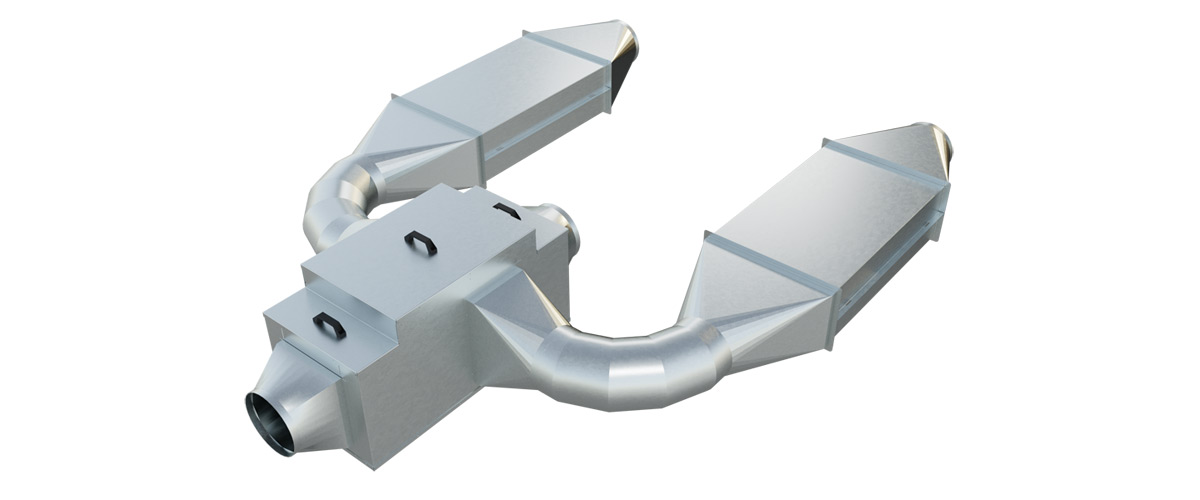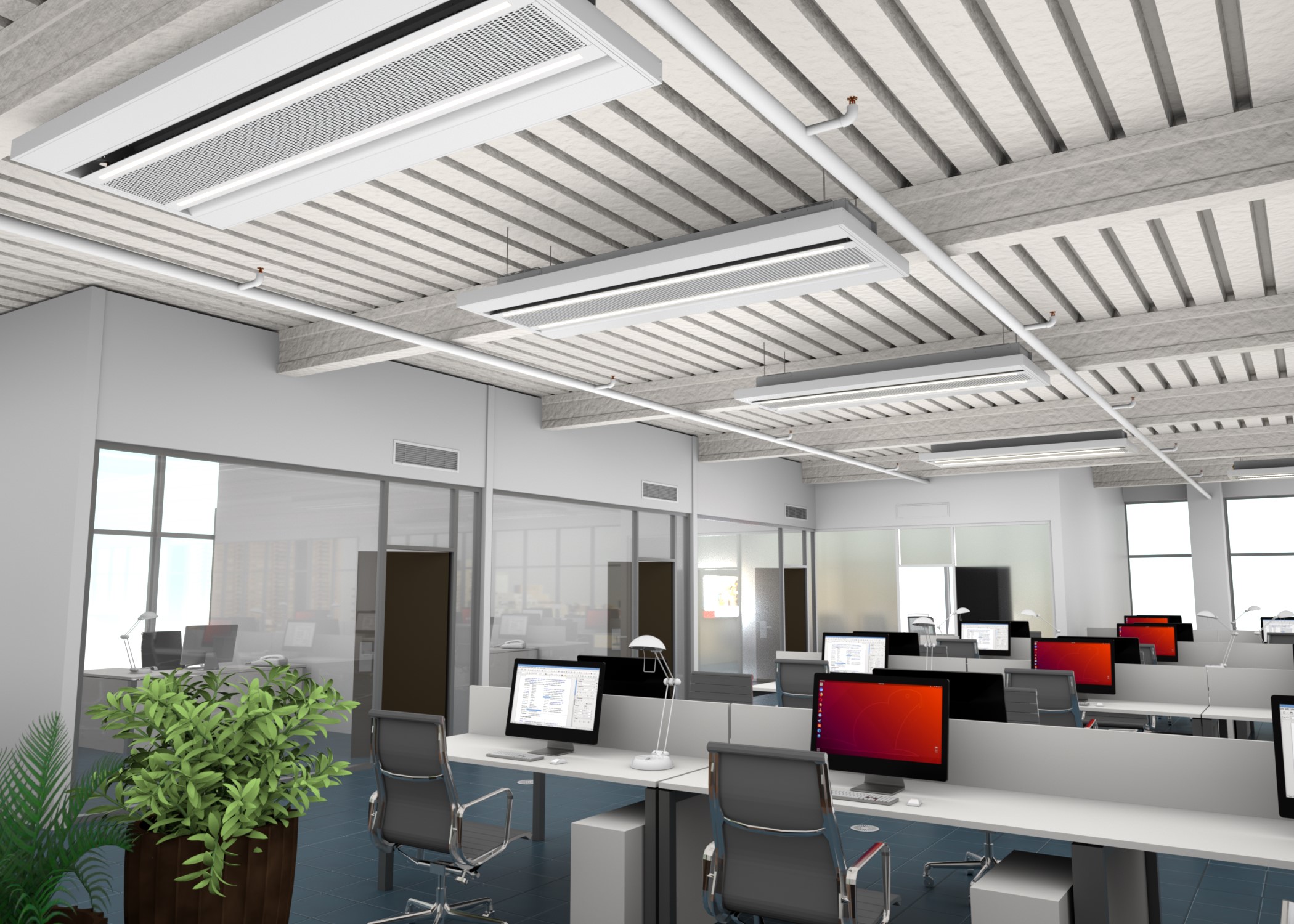Ultra-Compact Energy Recovery for Anywhere Space Is at a Premium
When SolutionAir launched the RegenCore alternating mass-exchanger energy-recovery unit in 2019, the unit rocked the industry, delivering up to 92% effectiveness and no preheat requirement down to outdoor temperatures of −40°C/F. Its energy-recovery cores and four-damper design maximized energy conservation and minimized leakage, but combining the components meant RegenCore needed to be either mounted on a roof or concrete pad outdoors or installed in large mechanical rooms indoors.
Read More
Topics:
System Efficiency,
Psychrometrics,
HVAC,
Engineering,
Design Engineering
A Look at the Technology Inside Price’s Ceiling Air Purifier
The patent-pending Ceiling Air Purifier (CAP) by Price is the perfect combination of performance, aesthetics and efficiency. Simply replacing a 2-by-2-foot ceiling tile, the CAP is a stand-alone unit that can easily be integrated into a space – without any modifications to the existing HVAC system – and is independent of all building controls. Multiple diffuser faces are available to seamlessly fit in with the design intent of the surrounding area. The unit is discreetly contained above the ceiling for quiet operation at any of the three adjustable motor speeds.
Read More
Topics:
HVAC,
Engineering,
Design Engineering,
Architecture,
Filtration
A Deep Dive into the BACnet Protocol and How It’s Used in HVAC
BACnet stands for building automation and control networks. This data communication protocol is widely used around the world with HVAC, lighting and even security systems within buildings. BACnet is an open-source protocol form of communication that allows BACnet devices to talk with one another on a building network. BACnet was developed by ASHRAE to promote the use of open protocol as opposed to the proprietary protocols that once dominated in the industry.
Read More
Topics:
Controls,
HVAC Fundamentals,
HVAC,
Engineering,
ASHRAE
Active Chilled Beams and the Coanda Effect
Open-ceiling spaces are becoming increasingly popular, especially in the architectural industry. Aside from providing a feeling of spaciousness and a contemporary aesthetic, the absence of a ceiling grid or drywall also simplifies coordination and allows for more flexibility with ceiling fixtures. But can chilled beams be used in these open-ceiling spaces? As is the case with other air diffuser products, the answer is yes – but with one simple addition.
Read More
Topics:
Beams,
HVAC Fundamentals,
HVAC,
Engineering,
Design Engineering,
Architecture
Read about the Research – and Meet the Researchers!
The last few years have seen an increased focus on indoor air quality. Occupants want to feel comfortable in commercial spaces, and building owners, architects and engineers want to know that they’re constructing and renovating facilities with products that work as intended. No gimmicks – just real, science-backed solutions.
Read More
Topics:
Displacement,
HVAC Fundamentals,
Employees,
HVAC,
Engineering,
Design Engineering,
ASHRAE 62,
CFD,
ASHRAE







